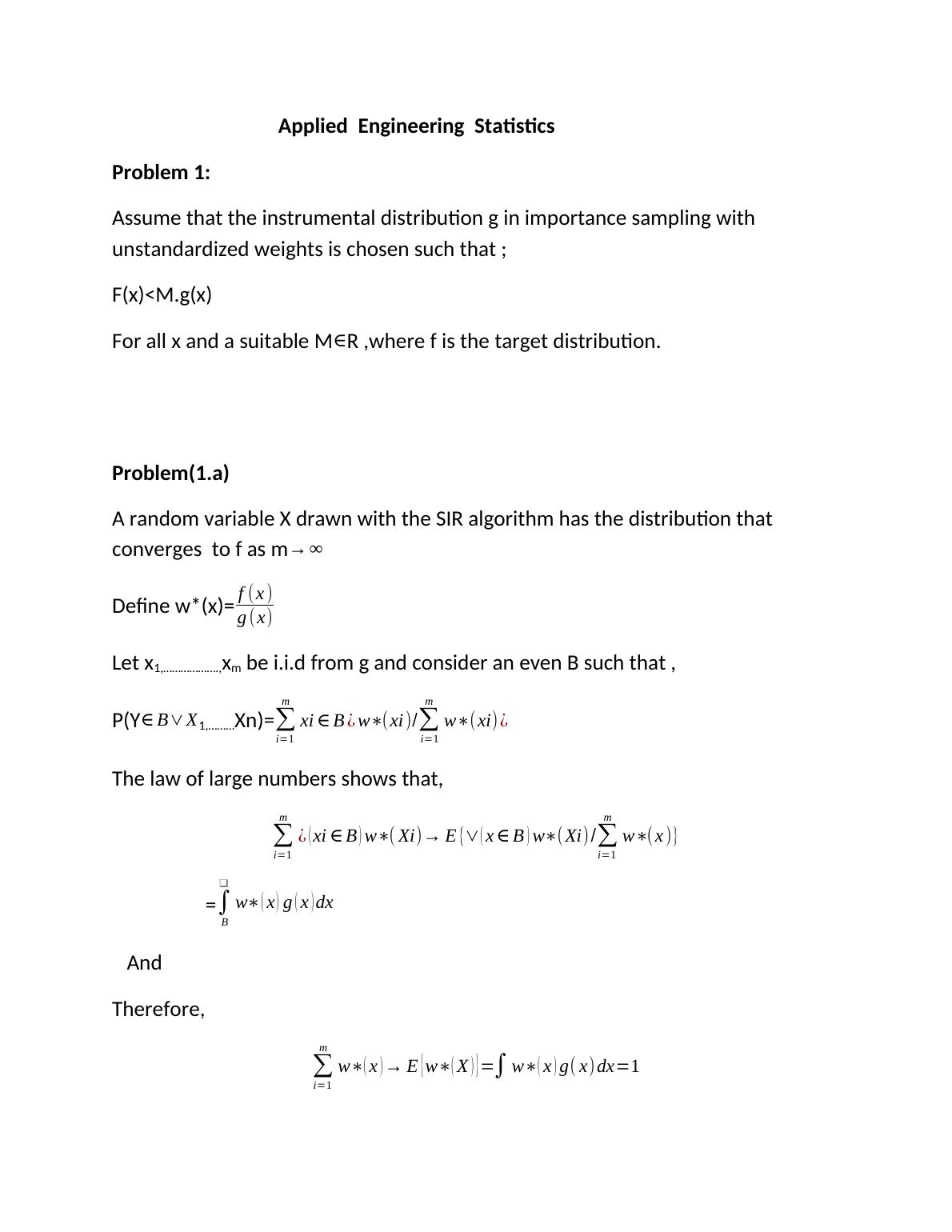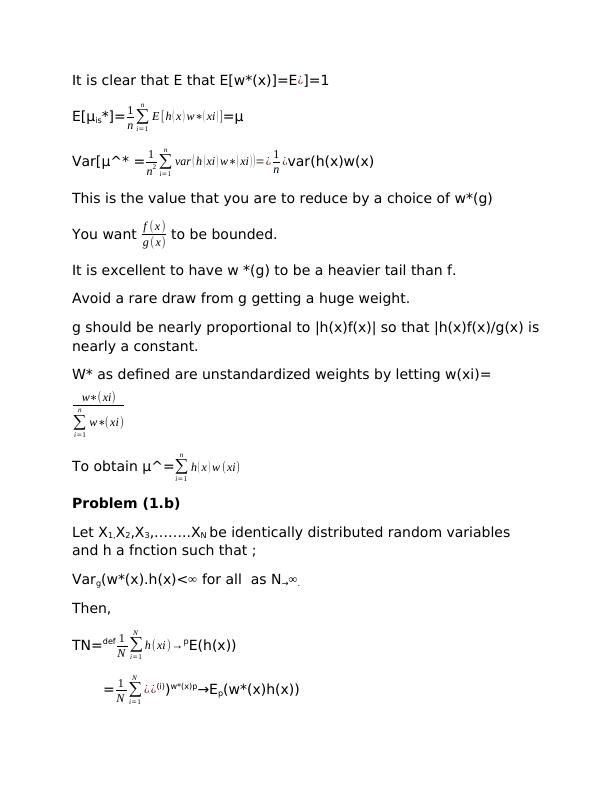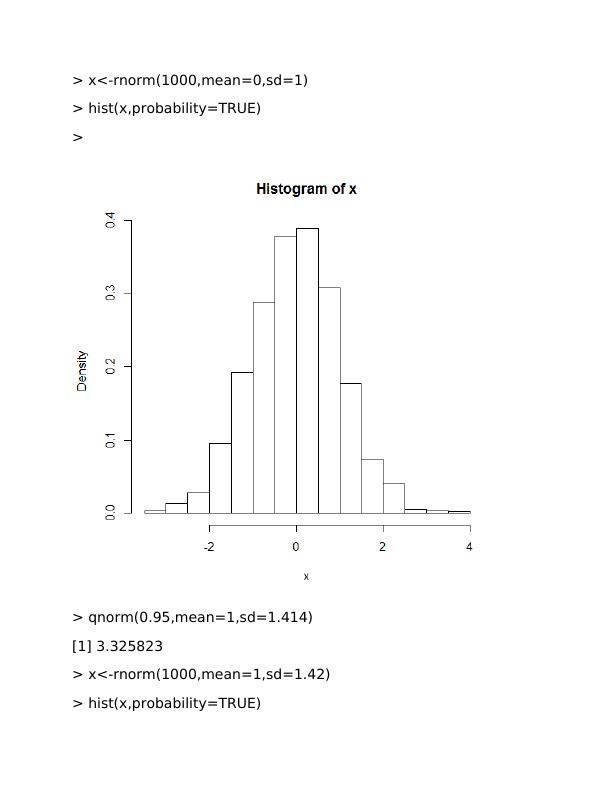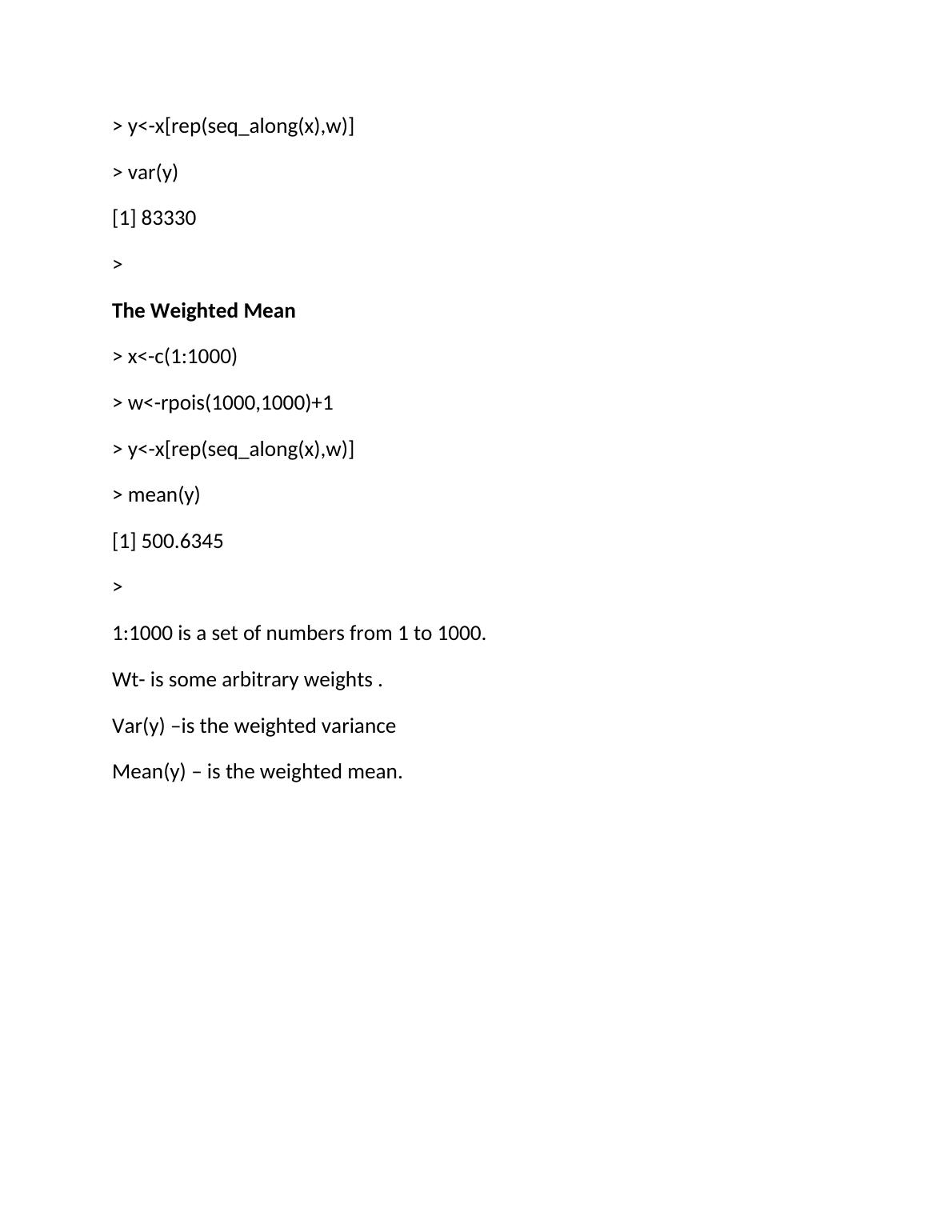Applied Engineering Statistics | Questions-Answers
Solving problems using importance sampling and Markov chain Monte Carlo methods, and implementing the solutions in R programming language.
33 Pages3277 Words30 Views
Added on 2022-08-11
Applied Engineering Statistics | Questions-Answers
Solving problems using importance sampling and Markov chain Monte Carlo methods, and implementing the solutions in R programming language.
Added on 2022-08-11
ShareRelated Documents
End of preview
Want to access all the pages? Upload your documents or become a member.
Article | Monte Carlo Simulation
|26
|2362
|12
Statistics 630 - Assignment 7
|10
|757
|205
Probability & Statistics
|8
|1323
|339
ACST356 / ACST861 Mathematical Theory of Risk
|4
|589
|469
R Programming Modules And Program
|12
|1142
|43
Statistics 630 Assignment 3: Chapter 2 Problems and Solutions
|8
|835
|445








